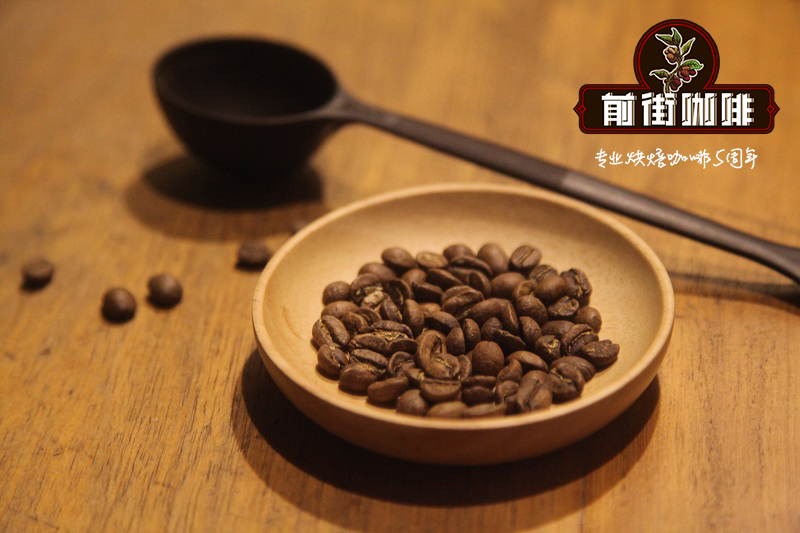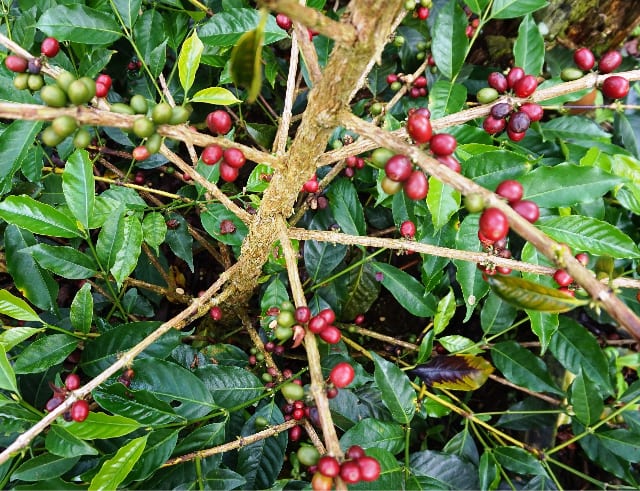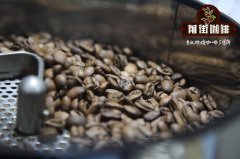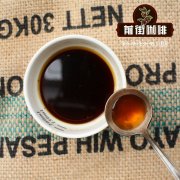How to identify different kinds of coffee | how to identify Arabica types

There are hundreds of kinds of coffee, but about 70% of the world's coffee production is Arabica coffee. Although Arabika is more vulnerable than Robusta, its taste and aroma make it more attractive to most consumers. There are many varieties of Arabica, a small number of which are grown for specialty and commodity markets.
There are many reasons why producers choose to plant varieties, including yield, shape and local environmental conditions. It is important to identify coffee varieties in order to avoid mixing in large quantities during harvest and processing. If two or more parcels are merged, it may lead to confusing profiles and lower-than-standard cup scores.
There are six varieties of Arabica that are widely cultivated, so what's the difference between them?
Iron pickup (TYPICA)
Iron pickup, as one of the oldest varieties of Arabica, has obvious characteristics, and it is probably the most easily identified variety. The plant is conical and has an upright trunk up to 5 meters high. This height means that the distance between branches and nodes of the same variety is longer than that of other varieties. Lateral branches and vertical stems form an angle of 50-80 degrees. The trunk and branches are not thick. Leaves, cherries and green beans are usually elongated, while the tips of the leaves are bronze when they are young. Compared with other varieties of Arabica, its leaves have a smoother surface and fewer ripples on the edges. Usually cherries turn bright red when they are ripe.
Bourbon (BOURBON)
Bourbon is a natural variety of iron pickup transplanted in Yemen and is famous for moving back to Bourbon Island. Bourbon has the same height and conical shape as the tin pickup, but has more secondary branches. I have noticed that this plant has a larger trunk and thicker branches, so it is stronger and less flexible than ordinary plants. The distance between branches and nodes is also shorter. This increase in density means that bourbon produces about 30% more than tin pickup. The leaves are wider than tin cards, with an undulating texture and wavy edges. Young leaves are usually green, but sometimes have bronze tips. Cherries are round and turn red, orange or yellow when ripe (but not on the same plant).
Ladura (CATURRA)
Kaddura, a single-gene natural variety of bourbon, was first found in Brazil. Compared with iron pickup and bourbon, the distance between the branches on Kaddura's trunk and many secondary branches is smaller, which makes Kaddura a thicker plant. In addition, it has similar characteristics to Bourbon. Its large leaves have wavy edges and green tips. Cherries are also round, medium-sized and red or yellow when ripe (they do not change on the same plant).
Kaduai (CATUAI)
Kaduai is a combination of New World and Kaddura. Just as Kaddura is the natural mutation of bourbon, the new world is the natural mutation of the iron pickup. In Kaduai, you can find the characteristics of iron pickup and bourbon transmission. The plant is short and the lateral branch is at a close angle to the original branch. Secondary branches are rarely seen at the top of the plant, which makes the plant more umbrella-shaped than typical bourbon and conical bourbon. Kaduai's leaves are wavy and usually have green tips, but I have seen some examples of bronze tips. Fruit is not easy to fall off branches, which makes it a good choice in areas with strong winds or rain. This plant is a high-yielding variety that produces round, medium-sized cherries. They usually turn red or yellow when they mature, but there are also some rare orange kaduai.
Pacamara (PACAMARA)
Pacamara is a hybrid of Pacas (Pacas) and Maragogipe (elephant bean) created by the Salvadoran Coffee Institute (ISIC) in 1958. It is considered to be an unstable variety, which means that plants are inconsistent from generation to generation. However, it is widely cultivated. Pacas is another mutation in bourbon, while Elephant bean is a mutation in iron pickup. The latter has very large cherries and is passed on to Pacamara. The size of the fruit and unique pointed leaves make Pacamara easy to identify. The tips of these leaves can be green or bronze. The height of this plant is compact and its shape is conical. There is a short distance between the branch and the nodes on the branch, making it a dense plant. The trunks and branches of Pakamara are similar to bourbon because they are thicker and less flexible than most other varieties.
Rose summer (GEISHA/GESHA)
According to the angle of the branches above and the shape of the plant, it is easy to identify this very popular species. The branches facing the top extend to the sky at an angle of 45 to 50 degrees. Ruoxia is tall, the branches are far away from the nodes, and the trunks and branches are thin, a bit like a tin truck. The leaves are smooth and elongated, and the cherries are also elongated, in a similar way, typical fruit. The main obvious difference between Rosa and the iron pickup is that the former is umbrella-shaped or flat-topped, while the iron pickup is tapered. Ripe rose cherries taste completely different from other varieties of cherries. They have citrus flavors, sweetness, and jasmine floral elements.

Important Notice :
前街咖啡 FrontStreet Coffee has moved to new addredd:
FrontStreet Coffee Address: 315,Donghua East Road,GuangZhou
Tel:020 38364473
- Prev

Coffee Variety | Kaduai article | what are the characteristics of Kaduai Catuai
The Catuai line of coffee has been produced for more than 40 years, and although it is no longer a novelty in the market, its value lies in its high yield, reliable quality and potential profitability of producers. Recently, there are signs that Kaduai may be reviving. In 2019, many varieties of Kaduai achieved excellent results and were listed as the best coffee in the world.
- Next

What kind of mocha Java coffee is it? What's the flavor of mocha Java coffee? Mochajava
Mocha Java coffee is also known as Arab mocha Java coffee. It's a blend of Yemeni mocha coffee and Indonesian Java Arabica coffee. Mocha Java Coffee is considered to be the oldest blended coffee in the world, combining two of the best quality coffee beans and complementary taste features. The lively intensity and pleasant wildness of the Yemeni mocha are the cleanliness and bright smoothness of Java coffee.
Related
- Detailed explanation of Jadeite planting Land in Panamanian Jadeite Manor introduction to the grading system of Jadeite competitive bidding, Red bid, Green bid and Rose Summer
- Story of Coffee planting in Brenka region of Costa Rica Stonehenge Manor anaerobic heavy honey treatment of flavor mouth
- What's on the barrel of Blue Mountain Coffee beans?
- Can American coffee also pull flowers? How to use hot American style to pull out a good-looking pattern?
- Can you make a cold extract with coffee beans? What is the right proportion for cold-extracted coffee formula?
- Indonesian PWN Gold Mandrine Coffee Origin Features Flavor How to Chong? Mandolin coffee is American.
- A brief introduction to the flavor characteristics of Brazilian yellow bourbon coffee beans
- What is the effect of different water quality on the flavor of cold-extracted coffee? What kind of water is best for brewing coffee?
- Why do you think of Rose Summer whenever you mention Panamanian coffee?
- Introduction to the characteristics of authentic blue mountain coffee bean producing areas? What is the CIB Coffee Authority in Jamaica?

